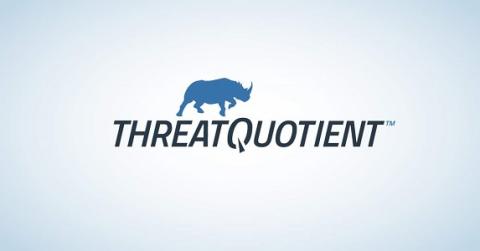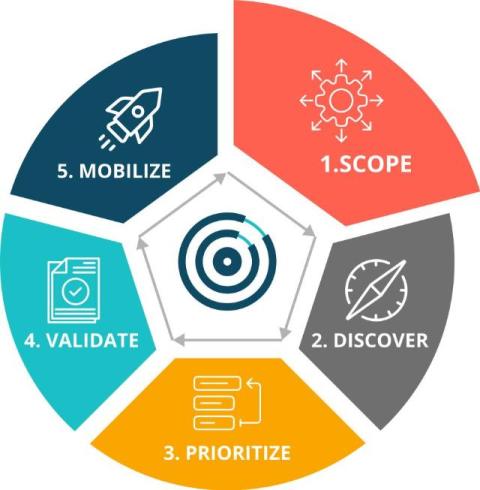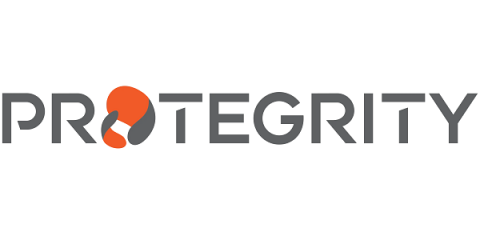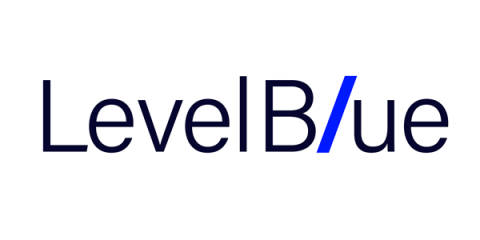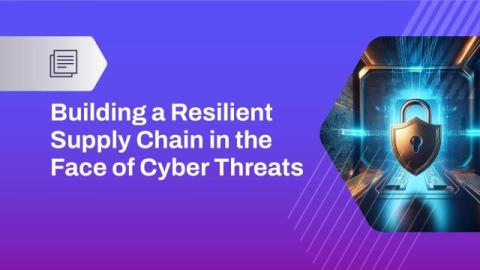ThreatQuotient Launches ThreatQ Platform Availability in AWS Marketplace
ThreatQuotient announces that its leading Threat Intelligence Platform (TIP) is now available in AWS Marketplace, a digital catalog with thousands of software listings from independent software vendors that make it easy to find, test, buy, and deploy software that runs on Amazon Web Services (AWS).


